Japan has had its fair share of UFO sightings over the years, but few encounters have been as peculiar as the one involving the mini-UFO captured in Kochi prefecture in 1972.
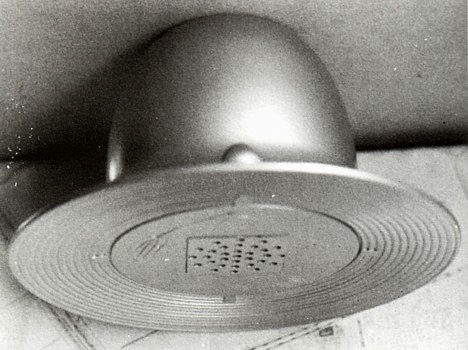
Photograph of mini-UFO captured in Japan, 1972
The strange encounter took place in the Kera area of Kochi City. On the afternoon of August 25, 1972, a 13-year-old junior high student named Michio Seo sighted a strange object flying above a rice field while walking home from school. From a distance he watched the small, mysterious object zigzag quickly around the field like a bat chasing insects.
Later that day, Michio told his friends about the curious flying object. "UFO" had yet to become a household word in Japan in 1972, but the boys were intrigued nonetheless. At around 7:00 PM, four of them set out for the rice field in search of the object.
About an hour later, they spotted the object flying over the rice field, lighting up the night with a pulsating silver light. When one of the boys tried to approach to object, it suddenly made a loud "pop" sound and started to glow blue. Frightened, they turned and fled without looking back.
Over a week later, at 9:30 PM on September 4, several of the boys once again saw the bright object in the rice field. And two days after that, on September 6, the boys and a few of their friends found the object on the ground in the field. It appeared to have crash-landed.
One of boys -- a 14-year-old named Hiroshi Mori (14) -- picked the object up with his hands and carried it home.
The silver, hat-shaped object weighed 1.3 kilograms (3 lbs) and measured roughly 7 centimeters (3 in) tall and 15 centimeters (6 in) in diameter. The bottom surface was perforated with an array of tiny holes and imprinted with designs depicting what appeared to be a bird, some waves, and another flying object. Something rattled around inside the object when shaken.
That night, Hiroshi wrapped the curious object in a plastic bag and placed it inside his backpack. Later, however, the object mysteriously vanished without a trace.
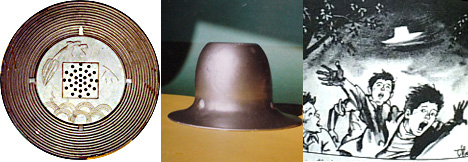
Before long, the boys encountered the object again. They once again captured it, but it soon vanished. This happened about five or six times over the next two weeks.
On one occasion, the boys decided to pour water into the holes on the bottom. The object emitted a loud cicada-like buzzing sound and glowed brightly inside. Later, when they ran some wire through the holes and dangled the object upside-down, the top and bottom sections of the object became slightly separated. Through the opening, they could see what appeared to be electronic components.
On the night of September 22, Hiroshi was riding his bicycle with the object in the basket when it suddenly disappeared. They never saw it again.
In 2007, 35 years after the incident, the Japan Space Phenomena Society (JSPS) conducted a new investigation into the case. According to Kazuo Hayashi, head of the JSPS Osaka chapter, all of the witnesses still stand by their original story.
The mini-UFO of 1972 was not the last that would be encountered in Kochi prefecture. Nearly four years later, on the night of June 6, 1976, a 9-year-old girl named Sachiko Oyama in the village of Agawa (now called Niyodogawa-cho) stepped outside to look for her family cat. She noticed a bright yellow luminous object in the eastern sky.
When she went to the street for a better view, the object suddenly descended into the surrounding woods, struck a nearby tree, and landed at her feet. It made no sound when it hit the pavement.
The silver, hat-shaped object appeared to be about 15 centimeters (7 in) in diameter. Curious, Sachiko touched it with her index finger. The object was constructed of solid material, but it was covered in a slimy substance that stuck to her finger.
She suddenly felt afraid started to run home. Over her shoulder, she saw the object start to glow yellow, spin counter-clockwise three times, and shoot quickly back into the sky.
What could explain these mysterious mini-UFO sightings? Perhaps there is a rational explanation -- or maybe they were hoaxes. It's also possible the encounters were the products of overactive imaginations. Or perhaps, as suggested by JSPS head Kazuo Hayashi, these flying objects temporarily lost their way after slipping into our realm from another dimension.
[Source: Namiki, Shin-ichiro. Nippon No Kaiki Hyaku. Magazineland, 2007.]
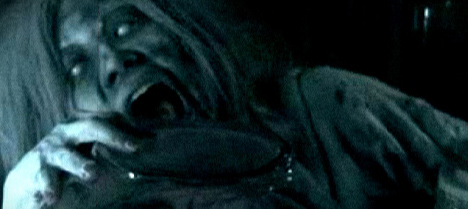




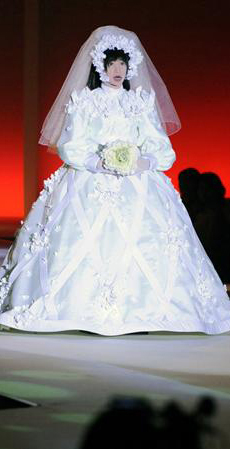
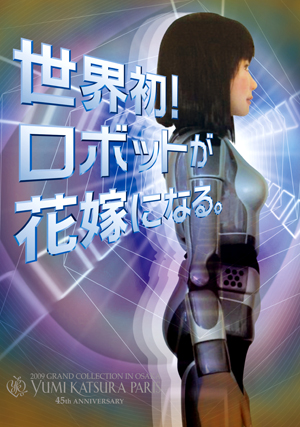 Although much less hurried than her flesh-and-bone catwalk peers, the HRP-4C strolled smoothly up and down the 10-meter runway, struck various poses, and gazed sidelong at the delighted audience.
Although much less hurried than her flesh-and-bone catwalk peers, the HRP-4C strolled smoothly up and down the 10-meter runway, struck various poses, and gazed sidelong at the delighted audience. 




















